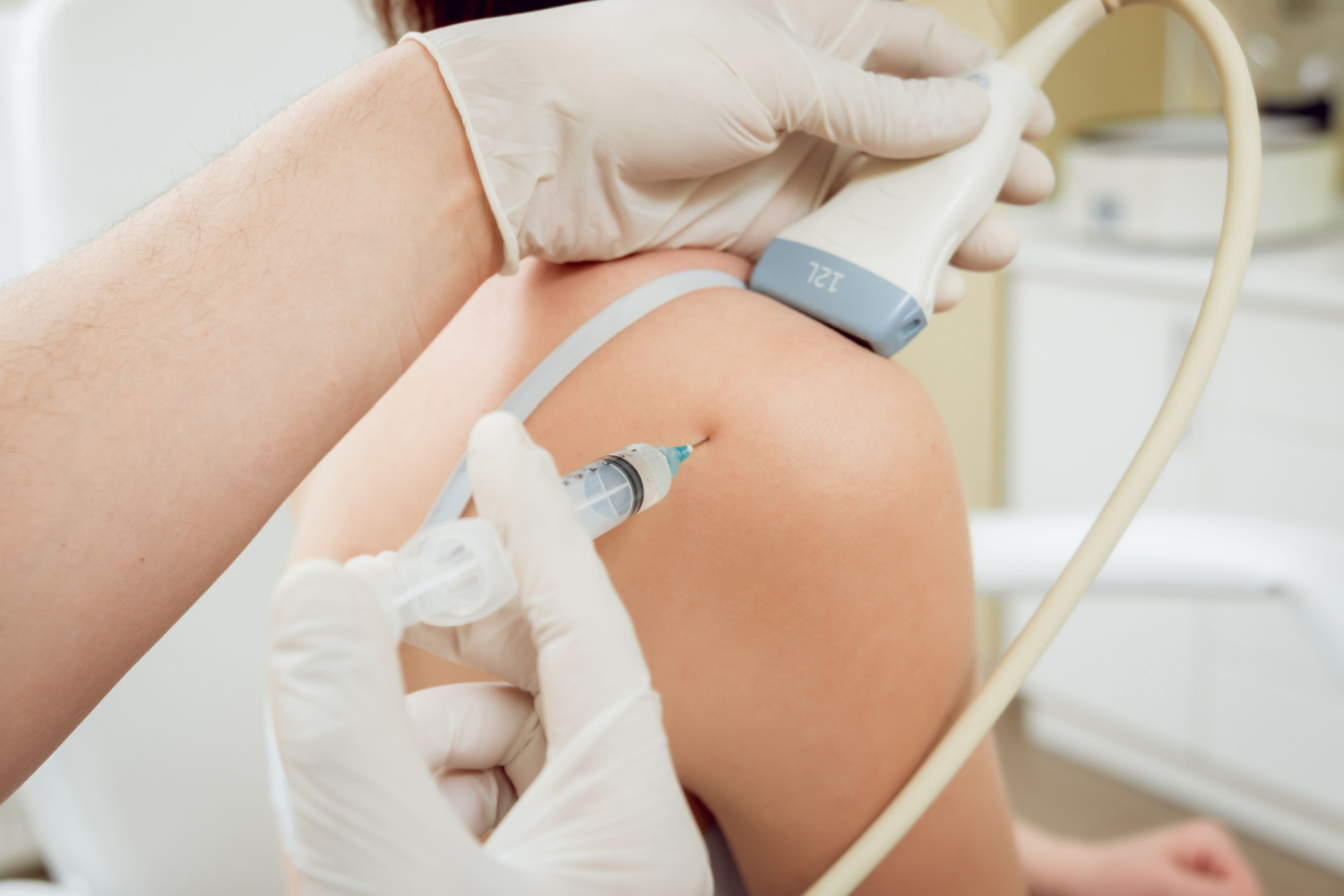To view the full content, login to your account,
or start your 30-day FREE Trial today.
FREE TRIAL
LOGIN
Forgot Password?
Explore some of our unlocked OE Originals below!





 LOGIN
LOGIN


Join the Conversation
Please Login or Join to leave comments.
Orthopaedic Surgeon - United States
I would like to see a Study that repeats PRP at 6months to see if serial treatment is more effective.
Physiotherapist - Canada
Thanks, OE. What is challenging and less helpful in this study is what we are truly comparing. As a physiotherapist, I would like to know if patients in these studies only received injections or if they were also receiving physical therapy - or at least provided with exercise. Receiving an injection is a passive approach to treating shoulder pain. We know that an active approach is far better, and best practice. In my clinical experience, patients with recalcitrant pain who are receiving physical therapy may go for a cortisone injection AND continue physical therapy. Anecdotally, recurrence is very low in my experience. A differentiator and selection criterion between cortisone and PRP is cost. Is there enough data in this study, not knowing whether an active treatment was pursued, to advocate for the more costly [to the patient] PRP treatment? Best, Joseph Federico PT